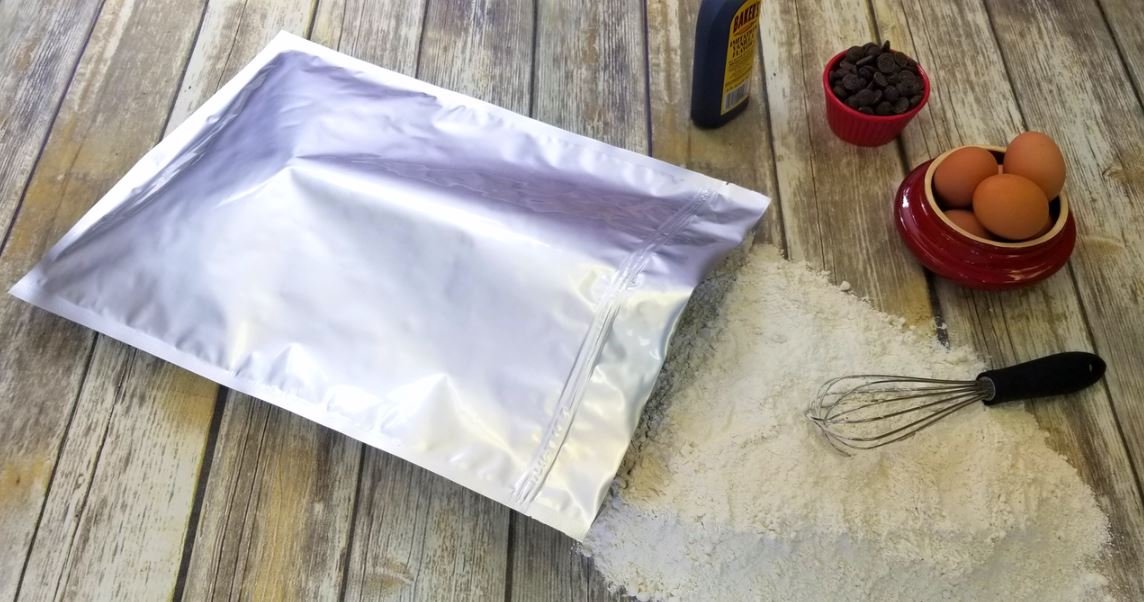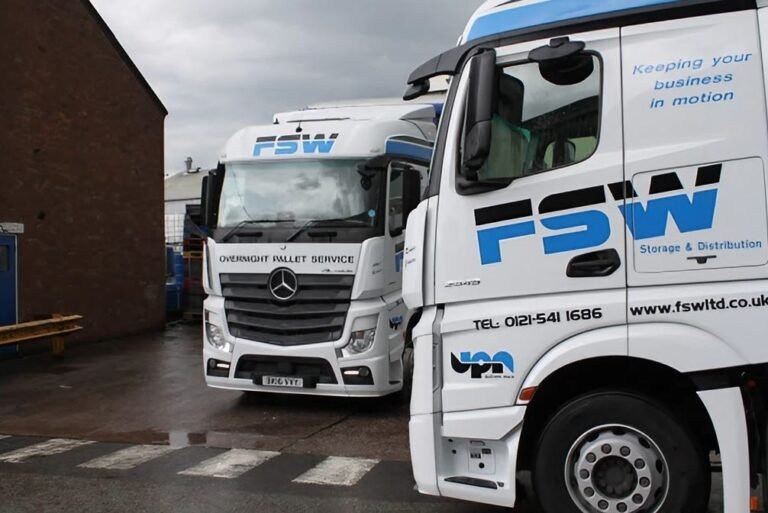Are Mylar Bags Sustainable for Product Packaging?

In the contemporary era of heightened environmental awareness, the sustainability of packaging materials has emerged as a pivotal consideration for both consumers and businesses alike.
Among the diverse packaging options, Mylar bags stand out for their acclaimed barrier properties, offering adequate protection against moisture, oxygen, and light. Widely employed in various industries for product packaging, these bags, crafted from stretched polyethylene terephthalate (PET), boast attributes like high tensile strength and chemical stability.
However, within the context of the growing emphasis on sustainability, a crucial inquiry surfaces: Are Mylar bags truly sustainable for product packaging?
This question prompts a closer examination of the environmental impact of using Mylar barrier packaging bags, delving into their recyclability, production processes, and broader implications for sustainable packaging practices.
Understanding Mylar
Mylar is a brand name for a polyester film made from stretched polyethylene terephthalate (PET).
It is known for its high tensile strength, chemical stability, and excellent barrier properties against moisture, oxygen, and light.
These qualities make Mylar bags popular for packaging items that require protection from external elements.
Sustainability Aspects
1. Recyclability:
Mylar itself is recyclable, but the challenge lies in the recycling infrastructure. Not all recycling facilities are equipped to handle Mylar, and the material may end up in landfills. The recyclability of Mylar bags depends on local recycling capabilities.
2. Energy Intensity:
The production of Mylar involves a significant amount of energy, primarily due to the manufacturing process of polyester. The energy intensity of Mylar production raises concerns about its environmental impact, especially when compared to more sustainable alternatives.
3. Single-Use vs. Reusability:
Mylar bags are often used for single-use applications, such as packaging snacks, coffee, or other perishable goods. The environmental impact is higher when the bags are disposed of after a single use. Reusable packaging options may offer a more sustainable solution.
4. Alternative Materials:
Sustainable alternatives, such as compostable films or bio-based plastics, are gaining traction as environmentally friendly packaging options. These materials aim to reduce reliance on traditional plastics and minimize the environmental footprint of packaging.
Considerations for Sustainable Packaging
While Mylar bags offer valuable protection for products, businesses and consumers alike are increasingly considering the environmental impact of packaging. Here are some considerations for sustainable packaging practices:
1. Material Selection:
Explore alternative materials that align with sustainability goals. Look for packaging solutions made from recycled content or easily recyclable locally.
2. Reducing Packaging Waste:
Consider ways to minimize packaging waste, such as optimizing the size of pouches to reduce excess material or incorporating eco-friendly features like easy recyclability.
3. Consumer Education:
Educate consumers about responsible disposal practices. Providing clear instructions on recycling or reusing packaging can contribute to a more sustainable lifecycle for the packaging material.
4. Life Cycle Analysis:
Conduct a lifecycle analysis of packaging materials to understand their overall environmental impact. Consider factors such as production energy, transportation, and end-of-life disposal.
5. Regulatory Compliance:
Stay informed about evolving regulations related to packaging sustainability. Compliance with industry standards and government regulations ensures that packaging practices align with environmental goals.
Now You Know
While Mylar bags offer advantages regarding barrier properties and product protection, their sustainability depends on several factors, including recycling capabilities, energy intensity, and the overall lifecycle impact. Ask your packaging provider if you need more technical information.
Businesses committed to sustainable practices should explore alternative materials and continually assess the environmental implications of their packaging choices.
As the demand for eco-friendly packaging grows, the industry will likely witness innovations that effectively protect products while minimizing the environmental footprint.






